- News
- Reviews
- Bikes
- Components
- Bar tape & grips
- Bottom brackets
- Brake & gear cables
- Brake & STI levers
- Brake pads & spares
- Brakes
- Cassettes & freewheels
- Chains
- Chainsets & chainrings
- Derailleurs - front
- Derailleurs - rear
- Forks
- Gear levers & shifters
- Groupsets
- Handlebars & extensions
- Headsets
- Hubs
- Inner tubes
- Pedals
- Quick releases & skewers
- Saddles
- Seatposts
- Stems
- Wheels
- Tyres
- Tubeless valves
- Accessories
- Accessories - misc
- Computer mounts
- Bags
- Bar ends
- Bike bags & cases
- Bottle cages
- Bottles
- Cameras
- Car racks
- Child seats
- Computers
- Glasses
- GPS units
- Helmets
- Lights - front
- Lights - rear
- Lights - sets
- Locks
- Mirrors
- Mudguards
- Racks
- Pumps & CO2 inflators
- Puncture kits
- Reflectives
- Smart watches
- Stands and racks
- Trailers
- Clothing
- Health, fitness and nutrition
- Tools and workshop
- Miscellaneous
- Buyers Guides
- Features
- Forum
- Recommends
- Podcast
TECH NEWS
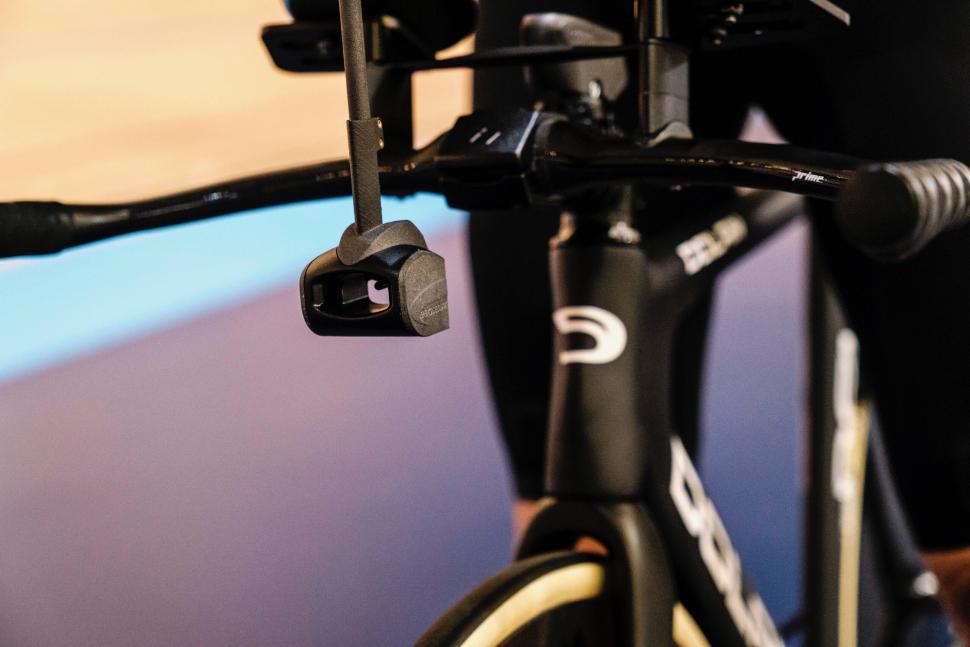 2022 Aerosensor - 1 (1).jpeg
2022 Aerosensor - 1 (1).jpegIs Aerosensor the best system for reducing drag without a wind tunnel?
The Aerosensor Aerodynamic Cycling System, designed to measure your cycling aero drag in real time on the road or track, is currently looking for funding on Indiegogo. Aerosensor products, which have the backing of Sir Chris Hoy, are expected to ship in six months.
The Aerosensor system, developed by F1 aerodynamicist Dr Barnaby Garrood, comprises three parts although you don’t necessarily need to use all of them together.
- Aerosensor: designed to measure aerodynamic drag in real-time.
- Aerobody: a body position sensor that’s said to offer 1mm accuracy.
- Aerodrome: a wireless lap trigger.
A predecessor of the Aerosensor system, the Velosense Ventos – another F1 aero expert, John Buckley, was involved in the development with Barnaby Garrood – was spotted being used by Jonas Vingegaard during the 2021 Tour de France.
Aerosensor
As well as being the name of the company, Aerosensor is a probe that fixes to the front of your bike via a GoPro-style mount. The team behind the design says that the device “gives accurate wind speed and angle measurement in practically all wind conditions” to +/-0.1%.
You need to use the device alongside a bicycle speed sensor and power meter – so if you don’t already own both you’ll need to factor in their cost – via the widely used ANT+ wireless technology.
“Using the latest pressure measurement sensors, coupled with a cycling speed sensor and power meter, [Aerosensor] can measure aero drag in real-time with unrivalled accuracy: +/-1.5% on the road, and better than +/-1% in the velodrome,” it says.
How does Aerosensor calculate its figures?
“We can’t measure aerodynamic drag directly, so instead we measure all other power sources.
User power = Kinetic power + Gravitational power + Friction power + Aero power
“The bike has five forces acting on it: user (pedalling), kinetic (momentum – so accelerating works against user force; the harder you are accelerating the more user force it uses), gravitational (going uphill works against user force), friction (rolling resistance and drivetrain friction, always working against user force), and aero (always against user force)," says Barnaby Garrood. “At all times these forces must add up to zero, so we use that fact to deduce aero from the other four.”
“We can't measure friction, but since it is a relatively small component, an estimate of tyre rolling resistance and drivetrain losses is sufficient to give highly repeatable aero drag data.”
How does Aerosensor know when you're climbing or descending?
"The system uses barometers to calculate elevation, so we know how quickly you are going uphill or downhill. With the road speed, this is effectively slope. In fact, as our barometer is so sensitive, we can provide much greater accuracy on road slope than bike computers which typically have lower sensitivity barometers."
The calculated aerodynamic drag coefficient (CdA) is transmitted to a Garmin cycle computer for display and logging using an app.
Aerosensor isn’t the first device designed to offer real-time drag measurement. We tried out the Velocomp AeroPod in 2019, for example, and we’ve told you about the Notio and the yet-to-be-released Body Rocket system.
Using the Velocomp AeroPod: does the device that promises drag measurement on the fly deliver?
How does Aerosensor differ from other products out there?
“There are two main things,” says Barnaby Garrood. “The first is that we measure wind yaw angle up to +/-50° with our patented probe design, meaning not only that we measure the angle, but we also use that to compensate the wind speed measurement. Current aero meters in the market use simple pitot tubes which give poor results above 5-10° yaw.
"Secondly, our system is much easier to use than current aero meters in the market. You need no special software or phone app. You download our Connect IQ app to your Garmin, pair it to the devices and that’s it. The Connect IQ app is used to change settings etc.”
Aerosensor says that the development of the device took 185 design iterations, 21 wind tunnel sessions, and “countless computer simulations” to get right. You can check out the patent here. So what’s so special about it?
“The probe is designed so that the duct turns the flow onto the duct axis, so the central pressure measurement [marked ‘PT’ in the image below] is always seeing head-on flow. That gives us what is known as “total pressure”.
“At the probe inlet, we measure pressure on the left (PL) and right (PR) surfaces, and the difference between them gives us a measure of wind yaw angle.
“You can use all three pressures to calculate dynamic pressure, which is a function of wind speed.
“This image shows a simulation of a typical probe at 40°. Red is high pressure, blue is low pressure.”
Interestingly, Aerosensor reports that two F1 teams are racing with a miniature version of its device this year “because it is so much better than existing probes.”
Aerobody
The Aerobody is entirely different and can be used independently of the Aerosensor. It uses “safe infra-red laser devices” to measure the distance from your bike’s stem to your head and chest.
“This data is displayed on your Garmin via our Connect IQ app and recorded to the FIT file for post-ride analysis,” says the Aerosensor team.
The idea is that you can alter your ride position to minimise drag as you ride. Colour coding of the display indicates whether you are on target, too high or too low – so you get a warning if your body position changes as you get tired, for instance, allowing you to make adjustments immediately.
Aerodrome
The Aerodrome is a wireless lap/route timer that can send info direct to Aerosensor – it requires Aerosensor to work – “facilitating accurate lap averaging, and giving instant feedback to the rider.”
“This drag and time data are transmitted to the Garmin for instant feedback to the rider via our Connect IQ app, and recorded to the FIT file for post-ride analysis,” says the Aerosensor team.
Aerodrome features a pressure-sensitive strip that you tape to the road or track surface. As soon as your wheel presses on the strip, the time is transmitted to Aerosensor. The idea is that you can see your data lap by lap as you ride.
Getting Aerosensor products
To be in line for an Aerobody body position sensor, assuming this project meets its funding target, you need to pledge at least £188 (RRP is £250).
To be in line for an Aerosensor aerodynamic device you need to pledge at least £563 (RRP is £750).
To be in line for an Aerobody and Aerosensor you need to pledge at least £713 (RRP £950).
To be in line for an Aerodynamic Cycling System – Aerosensor, Aerobody, and Aerodrome – you need to pledge at least £844 (RRP £1,125).
Other 'perks' are available. Going through a crowdfunding site is not the same as buying from a retailer.
Check out the Aerosensor Indiegogo campaign here.
Get more info on Aerosensor from aerosensor.tech.
Mat has been in cycling media since 1996, on titles including BikeRadar, Total Bike, Total Mountain Bike, What Mountain Bike and Mountain Biking UK, and he has been editor of 220 Triathlon and Cycling Plus. Mat has been road.cc technical editor for over a decade, testing bikes, fettling the latest kit, and trying out the most up-to-the-minute clothing. He has won his category in Ironman UK 70.3 and finished on the podium in both marathons he has run. Mat is a Cambridge graduate who did a post-grad in magazine journalism, and he is a winner of the Cycling Media Award for Specialist Online Writer. Now over 50, he's riding road and gravel bikes most days for fun and fitness rather than training for competitions.
Latest Comments
- GMBasix 5 min 52 sec ago
Meanwhile, I do hope this draws the attention of a Harrow-based bike mechanic who is public -spirited enough to offer a full service. There's...
- Secret_squirrel 9 min 39 sec ago
I used to suffer from numb-foots close cousin on long imperial century distance rides. Hot-foot (not to be confused with hot feet), a heat-like...
- FionaJJ 12 min 55 sec ago
Totally. A lot of otherwise smart Americans, and not just those who lean to the right, are utterly convinced their standard of living must be...
- Secret_squirrel 18 min 23 sec ago
Seems a bit of a missed opportunity with such a deep unit not to include a little side window for better coverage....
- Paul J 26 min 25 sec ago
No video of the pro-am bike race? Shame.
- David9694 45 min 48 sec ago
Some next level headlining here ...
- David9694 48 min 12 sec ago
It's another school run situation, only with hedge clippings.
- chrisonabike 49 min 47 sec ago
Isn't the issue that speed limits are not seen as "never exceed" limits but apparently "speed you should be going normally". Hence for fairness we...
- hawkinspeter 1 hour 2 min ago
And so it begins......
- hawkinspeter 1 hour 25 min ago
I'm picturing something like this in my mind: https://www.youtube.com/watch?v=cift6TUOu-8
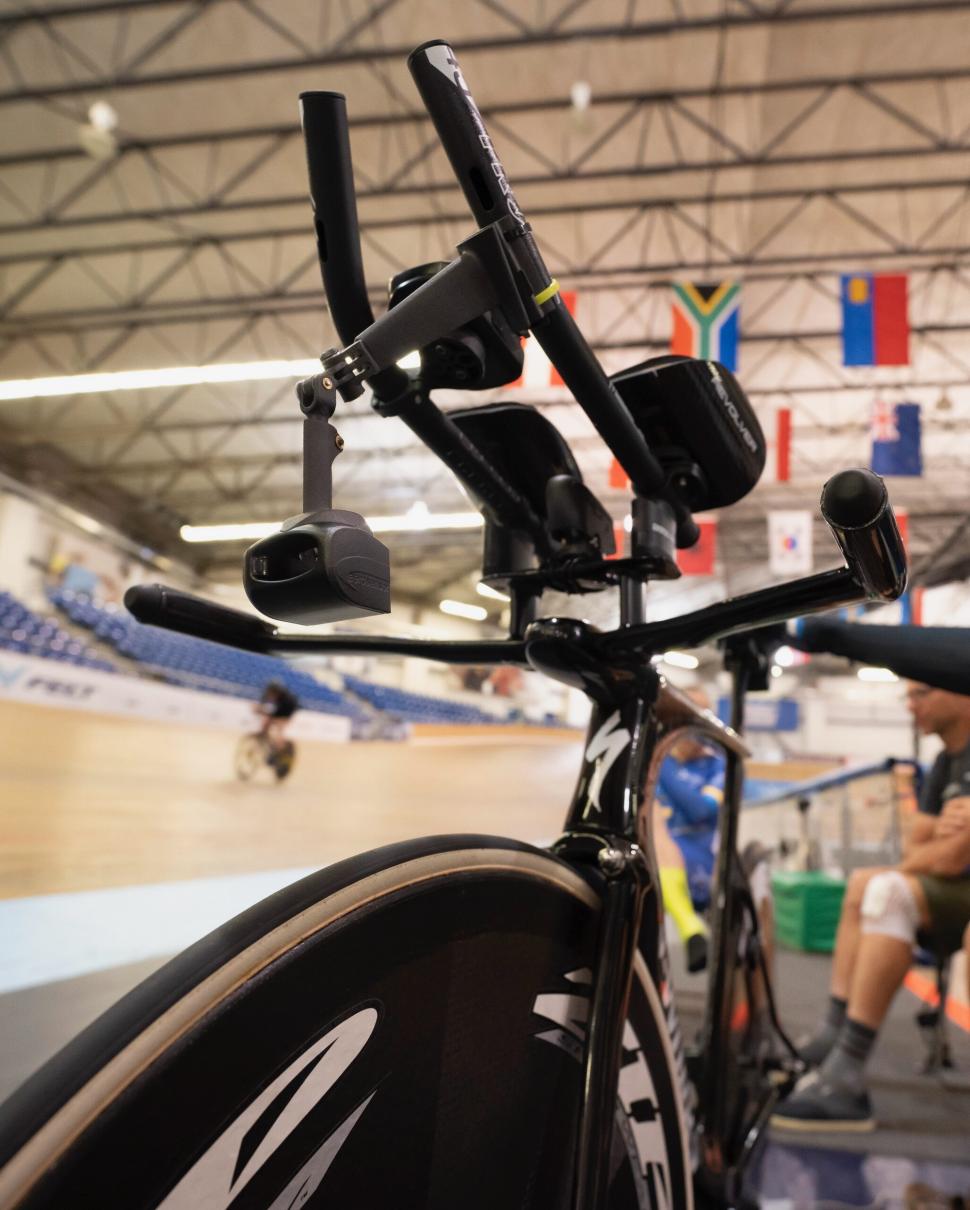
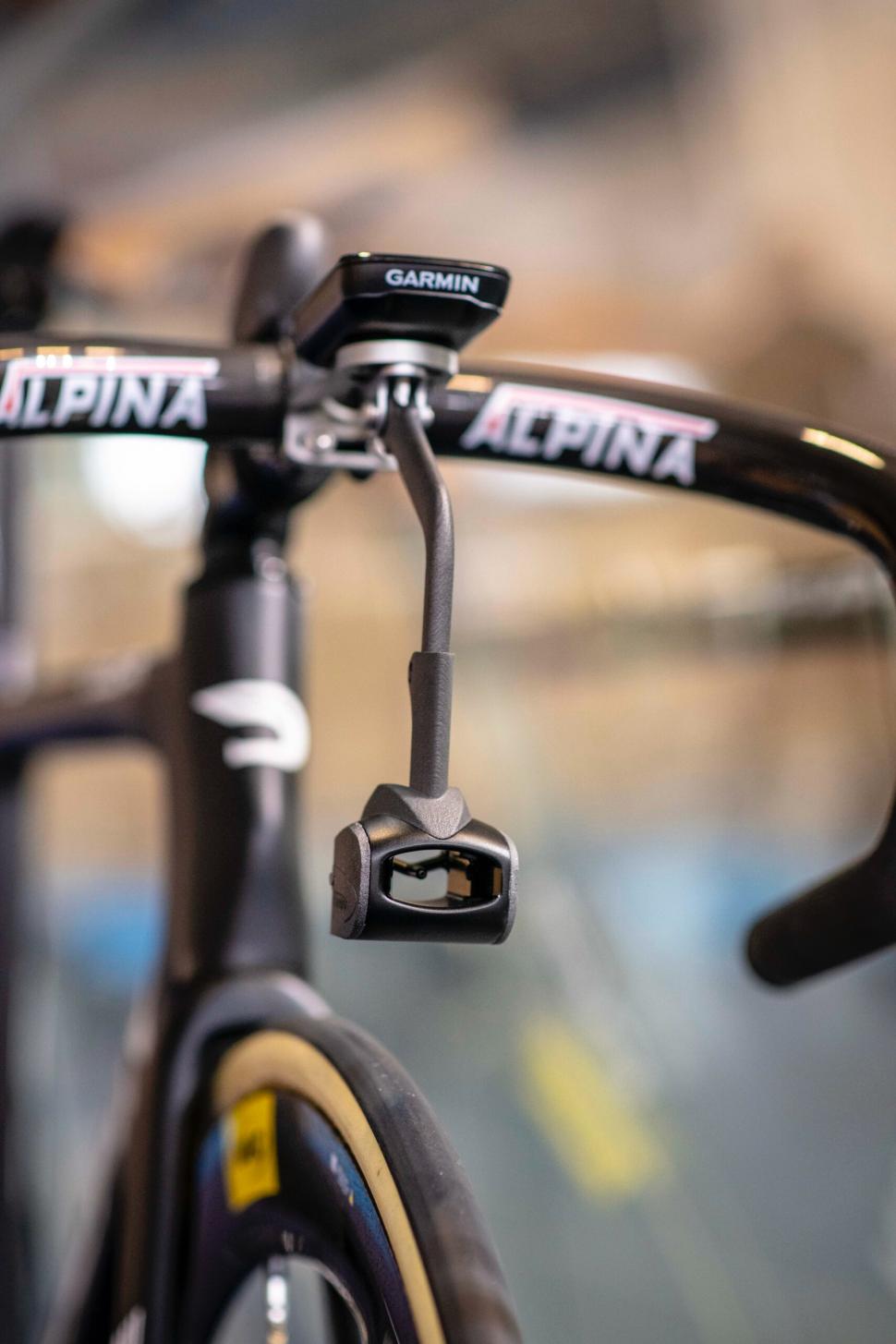
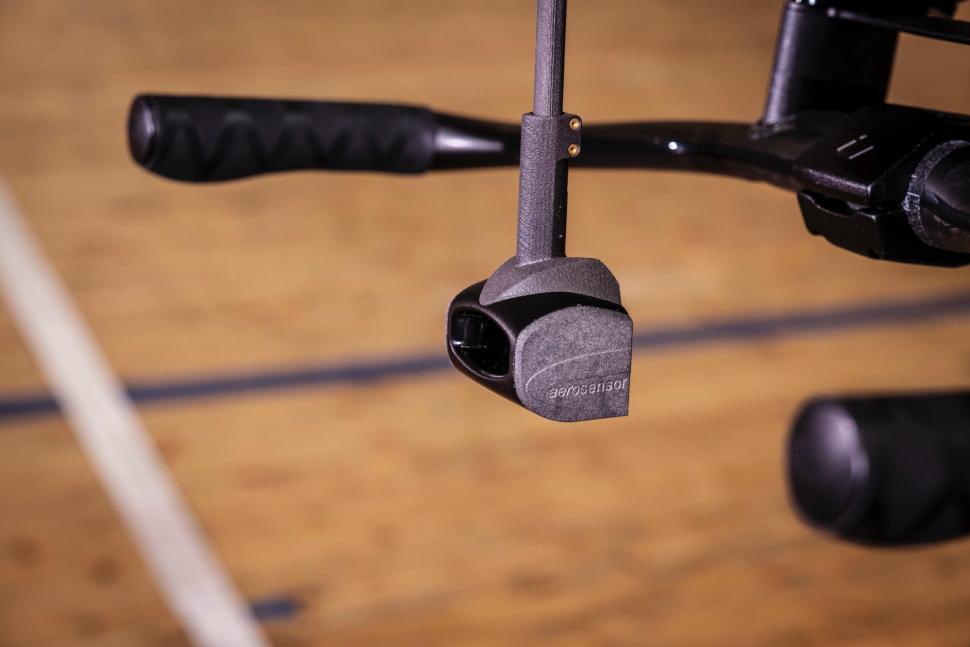
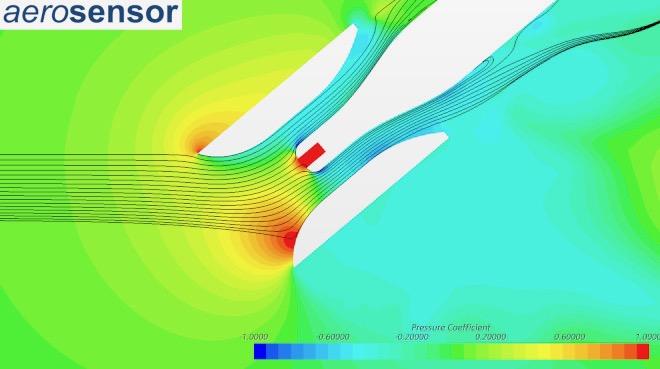
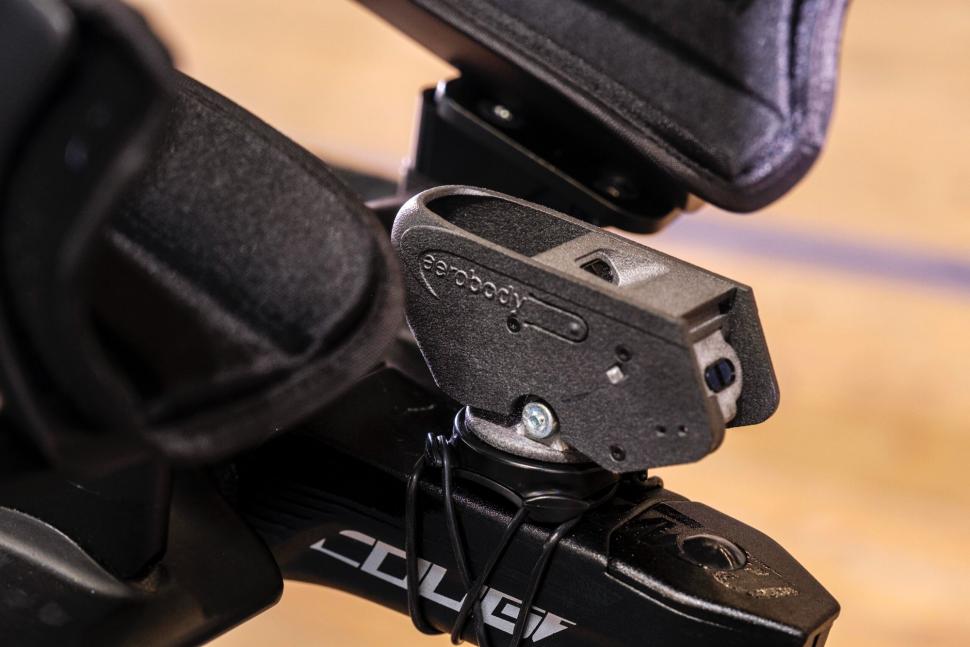
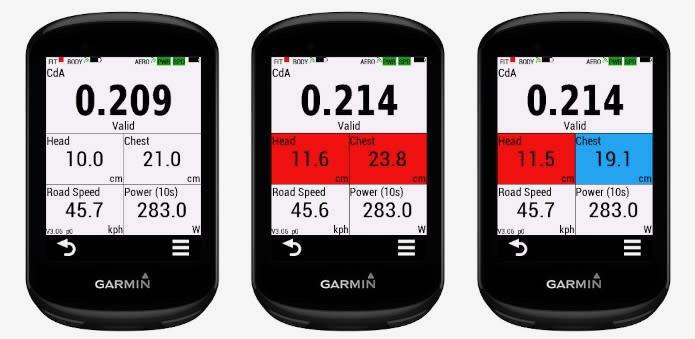
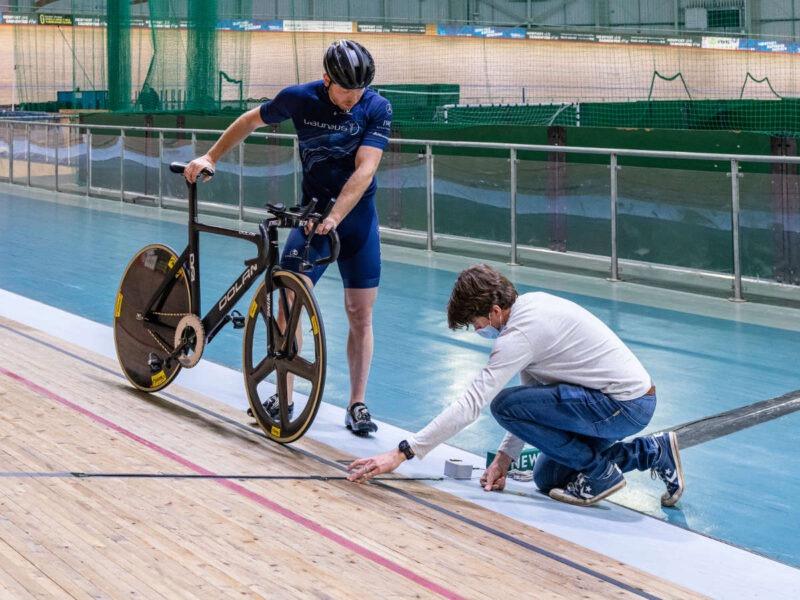
Add new comment
3 comments
So the former-aerodynamicist in me says that this looks plausible provided the accuracy of the sensors (particularly the ability to know the rate of change in height, from the barometric pressure readings) is sufficiently high to support the claimed level of accuracy. My problem comes with the "User Power" equation and it's use of "Kinetic Power", since there's no such term recognised in science. They seem to be referring to compensating for rate of change in momentum in deriving the total power being produced by the rider, but from (high school physics) Force = mass x acceleration, with net force being the rider input derived from the power meter less the aerodynamic pressure drag, friction (aerodynamic skin friction, and mechanical) plus the gravitational input from the slope of the road. The aero. pressure drag is derived by knowing the acceleration (and mass, but accuracy in absolute mass is less important if we're only trying to derive changes in aero. pressure from variations in body position, assuming mass is constant over the test period), hence the net force, and then aero. pressure drag from the power meter reading and estimates for the other elements. There is no "Kinetic Power", it's simply a reflection of the principle of the conservation of momentum ( = mass x velocity), and the fact that if velocity is changing the net force is not zero.
My problem is that the explanation as provided in the equation is imprecise, which means either that they don't understand what they're talking about or, being generous, they've dumbed-down the explanation to suit an uneducated audience. Since I don't know which is the case, I can't help assuming the sceptical former explanation! The problem is that trust is hard to win but terribly easy to lose.
Your knowledge is way ahead of mine, but I think you nail it in the first sentence. If the principle is to isolate drag by working out the accelerations or forces due to rider effort and gradient and assuming drag must be the rest, you'd need a precision in gradient measurement that I've never seen from the barometric sensor in a GPS unit, especially on a windy day. An alternative might be to sense angle from the horizontal (which would need a carefully mounted / reset sensor), but the interaction between that and the mk 1 British road surface might be chaotic.
It would be quite nice to have a far simpler product that just measured air speed. I'd quite like to be able to justify the "I can excuse that slow ride as it was blowy as anything " feeling with a number, and just accept that my riding position will always be rubbish until the invention of a folding cake-belly.
My place of former employment (on the windy end of the Fylde) has a number of wind tunnels that could help with that. Fortunately the supersonic tunnel has far too small a working section to fit a rider + bike into it (and I definitely would not recommend trying that, even if you could fit!) but there are a couple of sub-sonic tunnels that could definitely give you directly measured drag at known wind speeds. The problem is that while Formula 1 teams have the budget to fund such tests (and probably a number of cycling teams I guess) the costs of such tests tend to be a bit beyond the reach of us every-day cycling folk (unless you're a cycling F1 driver perhaps). At a different venue (NASA, say) I daresay Joe Biden could arrange for a test of his position on his bike, but he has rather more influence than the rest of us.